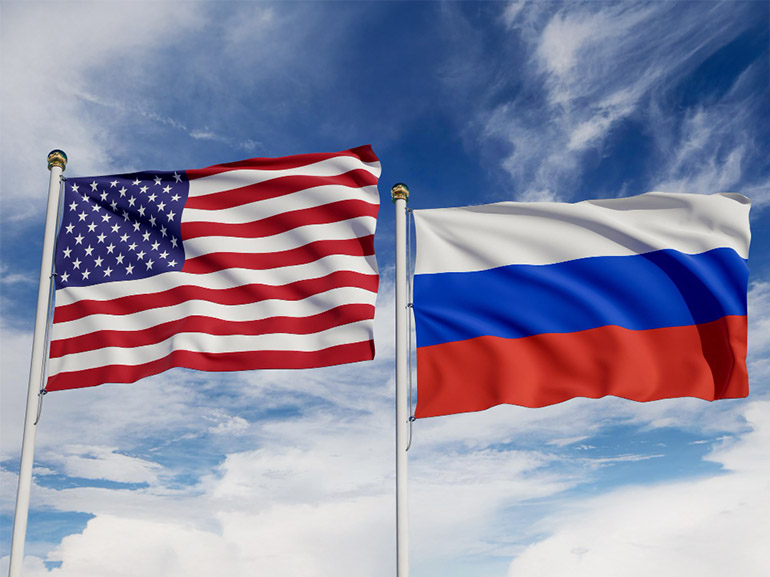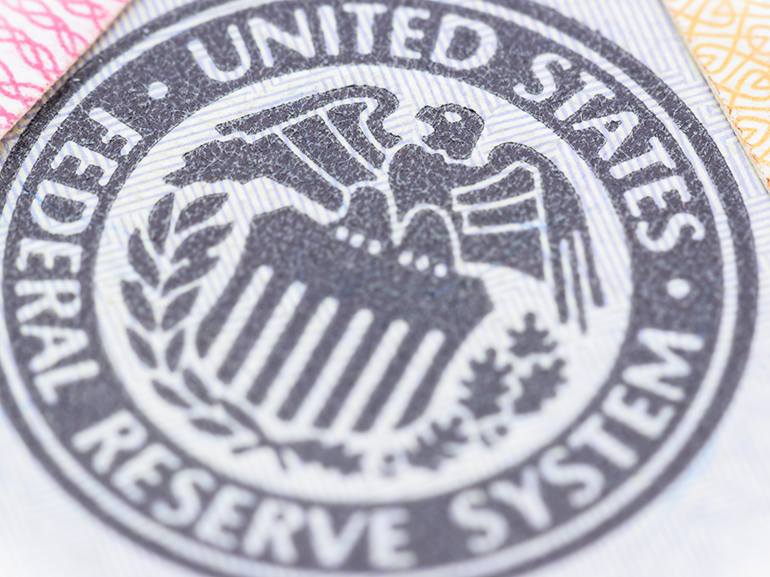Weekly Economic Calendar Recap 31 July 2025: Fed Rates, Tariffs, Earnings
As July closes, global markets navigated a dense web of economic data, central bank decisions, and geopolitical developments. From the Federal Reserve’s much-watched rate announcement to European inflation spikes and major corporate earnings, this week offered crucial insights into global economic momentum. Here’s what defined the week in markets and policy:

Quick Summary: This Week's Key Market Events
European inflation climbed to 2.5%, led by Germany (2.6%) and Spain (3.1%)
EU-US trade deal averted £12 billion in tariffs on steel and aluminium
Spanish banks posted double-digit profit growth in H1 2025
Trump tariffs on India and South Korea stirred commodity markets
Big Tech earnings continued as the Nasdaq advanced modestly
Federal Reserve held rates steady at 4.25%-4.50% despite Trump pressure
Eurozone Inflation Edged Higher
European consumer prices accelerated beyond expectations in July 2025, with the Eurozone CPI reaching 2.5% annually. Key drivers included:
Germany's inflation surge:
Rose to 2.6% from 2.1% in June
Food costs increased 4.2% year-on-year
Energy prices climbed 3.8%
Spain's inflation acceleration:
Reached 3.1% versus 2.4% expected
Services inflation jumped to 3.7%
Core CPI (excluding food/energy) hit 2.9%
This inflation uptick suggests the European Central Bank may need to maintain elevated interest rates longer than previously anticipated, adding pressure to the region's economic recovery. Explore the details of Europe’s July 2025 inflation data.
Wall Street Eyed Big Tech Earnings After Modest Gains
U.S. stock markets advanced modestly ahead of Big Tech earnings this week. Optimism was tempered by ongoing geopolitical and trade concerns and caution surrounding Federal Reserve policy. The Nasdaq outperformed as investors anticipated strong results from companies like Apple and Microsoft, although overall sentiment remained cautious. Traders appeared to weigh solid corporate fundamentals against macroeconomic headwinds and lingering inflationary pressures. Review Wall Street’s cautious rally and expectations for Big Tech earnings.
EU and US Clinched Tariff Deal Before Deadline
The European Union and the United States reached a last-minute agreement preventing the reimposition of £12 billion worth of trade levies. The deal includes:
Key Agreement Details:
Steel quotas adjusted to reflect current trade volumes
Aluminium import quotas increased by 15%
Clean energy market access for both regions
Dispute resolution mechanism established
Market reaction was swift:
European steel shares rose 2.3%
US manufacturing indices gained 1.1%
Trade-sensitive currencies strengthened
This agreement marks a significant thaw in transatlantic trade relations and provides stability for key export sectors. Read how the EU-US tariff deal defused a major trade conflict.
Spanish Stocks Surged Post-Earnings
Major Spanish financial institutions delivered impressive H1 2025 results, driving banking shares higher:
Santander performance:
Net profit up 18% to €6.2 billion
Return on equity improved to 13.1%
Cost-to-income ratio fell to 42%
BBVA results:
Profit growth of 22% year-on-year
Net interest income rose 12%
Credit loss provisions decreased 8%
Key success factors:
Higher interest income from the rate environment
Resilient loan demand in core markets
Effective cost control measures
Diversified business operations
Banking shares surged an average of 4.2% following the earnings releases. Learn more about Spanish banks’ robust H1 2025 earnings and stock gains.
Trump’s Tariff Moves Stirred Commodities and Asian Trade Outlook
U.S. President Donald Trump introduced fresh tariffs targeting imports from India and South Korea, including commodities like copper and electronics. Markets reacted swiftly, with copper prices climbing due to supply concerns, while Asian equities faced selling pressure. The move was seen as part of a broader shift in U.S. trade policy aimed at rebalancing trade flows and protecting domestic industries. Analysts warned that such measures could reignite trade tensions in the Asia-Pacific region and inject volatility into global supply chains. Examine how Trump's new tariffs impacted commodity and regional trade markets.
Fed Kept Rates Unchanged
The Federal Reserve maintained interest rates at 4.25%-4.50% on 30 July 2025, rejecting calls from President Donald Trump for immediate cuts. Fed Chair Jerome Powell emphasised three key factors:
Persistent inflation above the 2% target
Tariff-related uncertainties affecting economic forecasts
Resilient yet cooling labour market showing mixed signals
Powell's press conference ruled out guaranteed rate changes for September, reinforcing the Fed's data-dependent approach. The US dollar strengthened immediately, whilst equity markets closed mixed, reflecting cautious investor sentiment.
Market Impact: Fed Decision
The U.S. dollar strengthened in response, while equity markets ended the day mixed, reflecting subdued investor sentiment. Read more on the Fed’s July 2025 interest rate decision and Powell’s key remarks.
What's Next for Global Markets?
The coming weeks will likely see increased volatility as markets digest:
Earnings results from the remaining S&P 500 companies
August employment data from major economies
Central bank communications on policy paths
Trade policy developments under the Trump administration
European economic indicators amid inflation concerns
Next Economic Calendar Preview (The Week of 3 August 2025):
Monday, 4 August: U.S. Factory Orders, Australia Judu Bank Services PMI, Japan Bank of Japan Monetary Policy Meeting Minutes
Tuesday, 5 August: U.S. PMI and Trade Balance, Eurozone PMI and PPI.
Wednesday, 6 August: UK PMI, Eurozone Retail Sales, China Trade Balance.
Thursday, 7 August: Germany Industrial Production, France Exports and Imports, UK BOE Inflation Letter, U.S. Initial Jobless Claims.
Conclusion
This week showcased how central banks, inflation data, and geopolitics continue to intertwine, shaping global markets in real time. While the Federal Reserve reaffirmed its cautious stance, European inflation reignited policy debate in the EU. Meanwhile, the EU-US trade accord and strong earnings in Spain offered glimmers of resilience. Yet, Trump’s latest tariffs served as a reminder of how swiftly policy shifts can reshape economic dynamics. The coming weeks may see volatility as markets digest earnings results and prepare for crucial policy decisions ahead.
*Past performance does not reflect future results.
FAQs:
What did the Federal Reserve decide this week?
The Fed kept interest rates unchanged at 4.25%-4.5%, citing inflation concerns and data uncertainty, despite pressure from President Trump.
Why is European inflation in focus?
Germany, Spain, and the broader Eurozone reported higher-than-expected inflation in July, prompting speculation over future ECB policy.
What happened with the EU-US tariff talks?
A deal was struck just before the deadline, avoiding $15 billion in tariffs and improving trade access for both sides.
How did Spanish banks perform?
Spanish banks posted strong profits in H1 2025, driven by higher interest income and tight cost controls, boosting investor confidence.
What impact did Trump’s new tariffs have?
Fresh tariffs on India and South Korea affected copper prices and Asian markets, raising concerns over renewed trade tensions.







